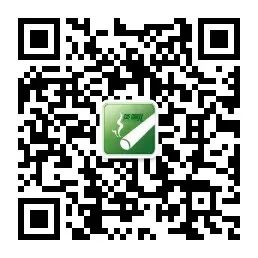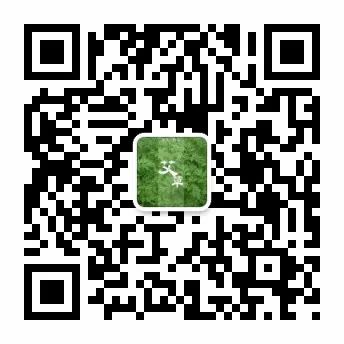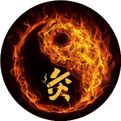The human heart is filled with unresolved conflicts; understanding oneself is the most challenging task, and resolving inner doubts has perplexed many who consider themselves clever. Without answers and in vain pursuit, one may experience frustration and disappointment, all of which can lead to the onset of depression.
Long-term emotional discomfort can cause liver qi stagnation and qi stagnation, leading to depression. Symptoms of depression typically includedepressed mood, emotional instability, chest tightness, rib pain, irritability, easy crying, or a sensation of a foreign object obstructing the throat.
The primary cause of depression is often emotional distress, where unfulfilled emotions or anger harm the liver, resulting in liver qi stagnation. Therefore, a person suffering from long-term depression primarily affects the liver, and secondarily may impact the heart, spleen, and kidneys.
How can we use acupuncture point stimulation to alleviate mental depression? Let’s look at a rather unique case where moxibustion at one point cured mental depression.
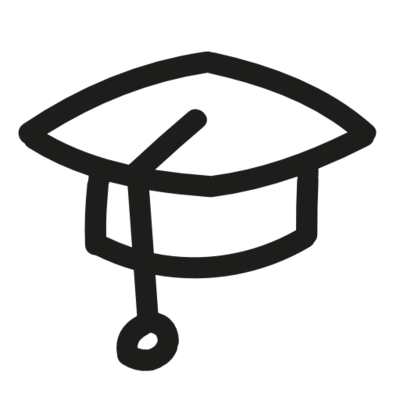
A 61-year-old male patient, a retired worker from a certain enterprise, experienced poor mood and mental depression for over a year due to anger. He had a poor appetite, was irritable, restless, could only sleep three to four hours each night, and appeared dazed during the day, losing over ten pounds. After taking Chinese patent medicines and decoctions for several months, there was no significant improvement. He came for consultation in September 2008.
Acupuncture Point: Zusanli (ST36), direct moxibustion, once daily, 9-11 cones each time.
After a few days, he felt more relaxed, although sleep was still poor. The moxibustion was increased to 30 cones on each side at Zusanli. For the following ten days, he moxibusted Zusanli with 5-7 cones daily, leading to improved sleep, increased appetite, and stabilized emotions.
Now, the patient continues to moxibust Zusanli at home, doing it 8-10 times a month for disease prevention and health maintenance. Currently, his appetite is good, sleep is sound, and he is full of energy. In the past years, he would catch a cold once or twice a year, each time accompanied by diarrhea for several days.
Since moxibusting Zusanli for three years, he has not experienced diarrhea, and only occasionally has a cold with mild symptoms, recovering in a day or two.
—— Source: “Xie Xiliang’s Moxibustion Medical Cases”
The above is a direct moxibustion method, and seeing results from moxibustion at one point is not common.
One can also use moxa sticks for indirect moxibustion at Zusanli.
The method of “Opening the Four Gates” is more commonly used and has universal applicability; see the analysis below.
The liver has the function of regulating and dispersing qi. Only by maintaining the liver’s smoothness and comfort can the qi of the whole body remain unobstructed, flowing without stagnation, dispersing without depression. The liver prefers comfort and dislikes depression. If the liver’s regulating function is abnormal or emotions are depressed, it can lead to liver qi stagnation. The main clinical manifestations of liver qi stagnation include mental depression, chest tightness, rib pain, abdominal bloating, belching, loss of appetite, or abdominal pain and vomiting, irregular bowel movements, thin and greasy tongue coating, and wiry pulse.The key point of liver qi stagnation is qi stagnation, so treatment should focus on soothing the liver and relieving depression—opening the four gates.
The Four Gates refer to the combination of Hegu (LI4) and Taichong (LR3). Hegu is located between the first and second metacarpal bones, while Taichong is located between the first and second metatarsal bones on the dorsum of the foot. These two points are bilateral, one on each side, and together they are called the “Four Gates.”
Hegu is the source point of the Hand Yangming Large Intestine Meridian, while Taichong is the source point of the Foot Jueyin Liver Meridian. The Jueyin is on the left, governing the upward movement of qi, while the Yangming is on the right, governing the downward movement of qi. The Four Gates perfectly match the ascending and descending properties of Jueyin and Yangming, governing the left ascent and right descent of qi in our body.
For our body to be healthy, we must coordinate the weather qi and earth qi, allowing the earth qi to rise and the weather qi to descend, merging the two qi. If the upward and downward qi mechanisms are smooth, then qi and blood will have a source of transformation and harmony, and the universe will be in balance, naturally resolving all diseases.
Thus,Hegu paired with Taichong represents an upward and downward flow, one qi and one blood, one organ and one viscera, one yin and one yang, regulating the qi and blood of the whole body, correcting the imbalance of yin and yang, and has the effects of regulating qi mechanism, soothing the liver and relieving depression, harmonizing the stomach and descending counterflow, and calming the mind for better sleep.
The method of Opening the Four Gates involves pressing and rubbing, combining pressing and rubbing to create a noticeable sensation of soreness and distension in the area. Each time, press and rub each point for 2-3 minutes, alternating sides and combining upper and lower points. Persisting for about a week will lead to a feeling of emotional relief.
Patients with mental depression may also take herbal formulas that soothe the liver and relieve depression for better results. Please consult a physician for diagnosis and treatment.

Chai Hu Shu Gan San (Bupleurum Powder to Spread the Liver): is a representative formula for soothing the liver and regulating qi, effective for relieving liver qi stagnation, with symptoms including rib pain, alternating chills and fever, belching, abdominal fullness, and wiry pulse. It is commonly used for hepatitis, chronic gastritis, cholecystitis, intercostal neuralgia, and other conditions related to liver qi stagnation.
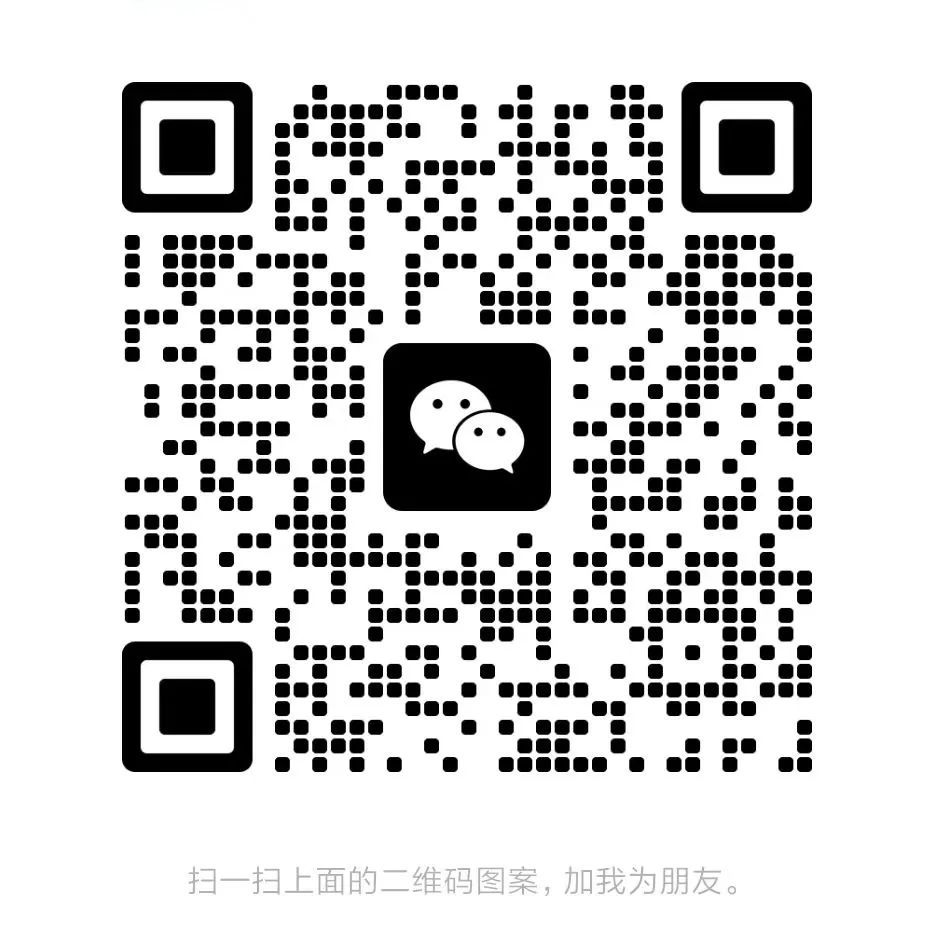
Scan to Join >> National Moxibustion Friends Club
